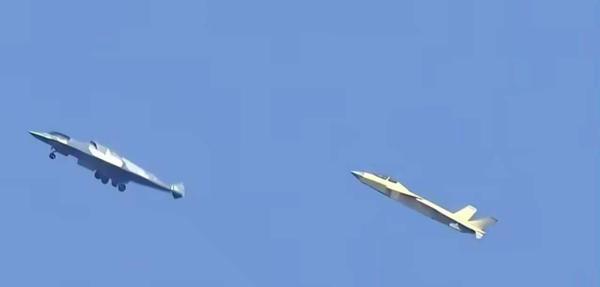Sixth-Generation Fighter Jets: The Global Race and China's Breakthrough
Recent reports indicate China has successfully conducted the first flight test of its sixth-generation fighter aircraft, marking a significant advancement in military aviation technology while other nations' similar programs remain largely conceptual.

The global aerospace community has been captivated by reports of China’s alleged successful test flight of its sixth-generation fighter aircraft in Chengdu, China. This development, if confirmed, represents a remarkable leap in military aviation technology, occurring just 27 years after the first fifth-generation fighter, the American F-22, took to the skies in 1997.
The reported Chinese aircraft features several groundbreaking design elements. Sources describe it as having no vertical tail surfaces, incorporating advanced stealth characteristics, and uniquely utilizing a three-engine configuration - two engines mounted on the sides and one on the top of the fuselage. The aircraft’s design emphasizes radar cross-section reduction across multiple wavelengths and angles, potentially offering unprecedented stealth capabilities.
The global landscape of sixth-generation fighter development presents an interesting contrast. The United States, through its Next Generation Air Dominance (NGAD) program, has faced significant challenges, primarily due to projected costs estimated at $250-300 million per aircraft - roughly triple that of the F-35. This has led to program delays and reassessment. Meanwhile, European nations, including the United Kingdom, Italy, and Japan, are collaborating on the Global Combat Air Programme (GCAP), though their efforts remain in early developmental stages.
What makes China’s achievement particularly notable is its apparent transition from being a technology follower to a leader in military aviation. The reported aircraft’s size, significantly larger than the J-20 that accompanied it during the test flight, suggests ambitious capabilities in terms of range, payload capacity, and mission versatility. The design appears optimized for both high-altitude performance and extended range operations.
The broader implications of this development extend beyond military capabilities. It signals China’s growing technological sophistication and industrial capacity in advanced aerospace manufacturing. This progress has prompted varied responses from the international community, with some military analysts comparing its significance to the Soviet Union’s launch of Sputnik 1 in terms of its potential impact on global military-technological competition.
However, it’s important to note that transitioning from successful test flights to operational deployment involves numerous challenges. The aircraft must undergo extensive testing of its avionics, weapons systems, and combat capabilities before entering service. This process typically requires several years of development and refinement.
The emergence of this aircraft also reflects the evolving nature of aerial warfare, where stealth, range, and multi-role capabilities increasingly define air power. Its development suggests a focus on long-range operations and the ability to operate effectively in contested airspace, capabilities particularly relevant in the Pacific theater.
This advancement in fighter technology represents not just a military milestone, but also demonstrates the complex interplay between technological innovation, industrial capability, and strategic deterrence in shaping modern military power.